Tips!
History & Culture
Tsuruoka City is one of the major cities in Yamagata Prefecture’s Shonai area. In the Edo Period (1603-1868), Tsuruoka City flourished as a town built around the castle of the powerful Tokugawa family, and schools and other buildings of historical significance from the Edo era can still be found in the center of Tsuruoka City. There is a strong artistic tradition in Tsuruoka city as well. You can see performances of Kurokawa Noh, a Noh theatre troupe with a history that goes back over 500 years. You can also experience Tsuruoka’s rich and unique traditional culture that dates back to the Edo Period through crafts such as silk goods and intricately painted candles. A number of delicious local dishes that make use of ingredients grown in Tsuruoka , allow you to get a taste of the area’s unique cultural heritage.
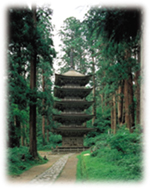
Dewa Sanzan: The Three Sacred Mountains of Yamagata
The three sacred mountains of Yamagata are known as the Dewa Sanzan. “Sanzan” simply means “three mountains,” and “Dewa” is the name of the old province that became modern day Yamagata Prefecture. The three mountains of Dewa Sanzan are Mount Haguro (414m), Mount Gassan (1,984m), and Mount Yudono. These mountains have been of great spiritual significance to Shinto and Bhuddist ascetics for over 1,400 years, and they are still important to believers to this day.
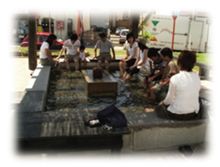
Hot Springs
There are many hot springs (onsen) in Tsuruoka city. They are separated into three famous hot springs which are Yutagawa Hot Springs, Yunohama Hot Springs Resort and Atsumi Hot Springs. There are also many ryokan (traditional Japanese inns) and hotel surrounded by the beauty of nature of hot spring area.
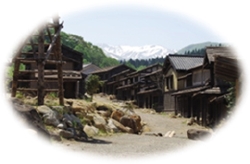
Shonai Eigamura(Movie Village)
Shonai Eigamura, approximately, 88 hectare of land at the foot of Gassan in Haguro-machi has been opened since 2005. The studio park has been used for a number of movies and opens for public since then. The huge studio park has three areas; fishing and farming village, post station, and mountainous area.
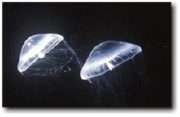
Kamo Aquarium
Kamo Aquarium is famous for the display of various kinds of Jelly fish. It’s quite unique that 30 to 40 different kinds of Jellyfish can be seen at the same time. It also has an attractive seal show.
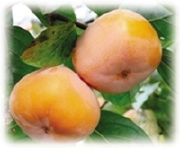
Local Food & Souvenir
There are variety of delicious fruits and fresh vegetables in this area. Of course, you can taste great dishes using them with delicious Shonai rice.
Karakara senbei a small toy comes in this rice cracker.
Goten-mari a traditional handmade ball from the Edo period. You can try to make them.
Shina-ori is a textile woven of fibers from Shina tree bark. Bags, hats and shop curtains etc. are made.
Izumeko doll it is said that in Shonai district, people used to use a basket to protect babies from the cold.



